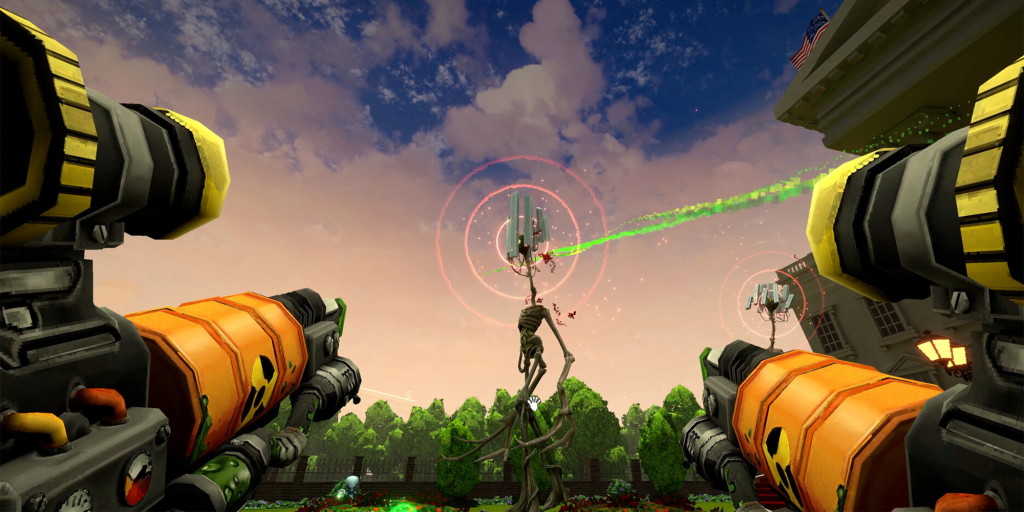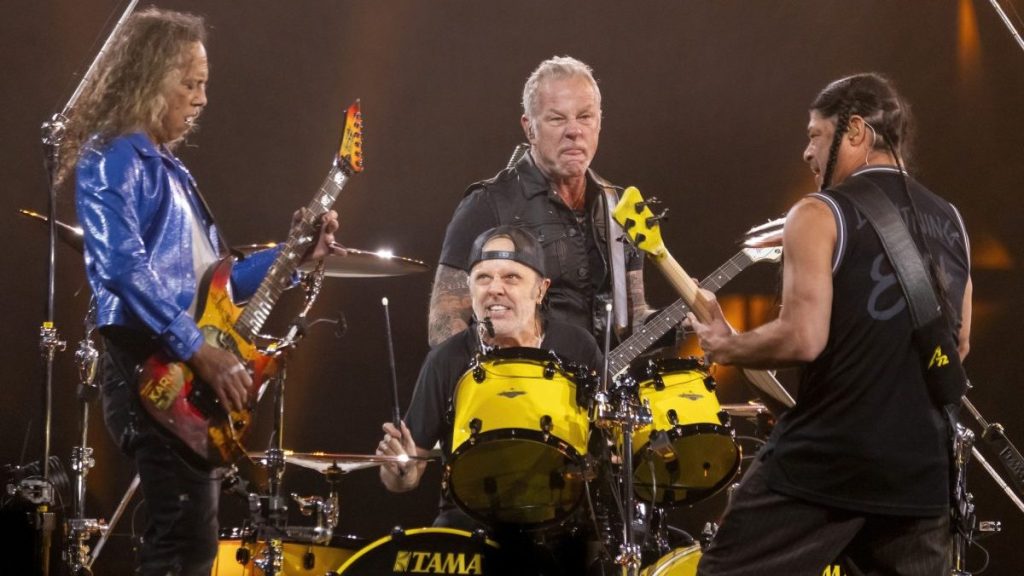All photos by the author
Torrance, California’s Del Amo Fashion Center in is my favorite mall on Earth. I don’t love it because it was practically a character in Jackie Brown, Quentin Tarantino’s lone masterpiece, or because it (delightfully and inexplicably) houses three Macy’s stores, or because, for almost the entirety of the 1980s, it was the largest mall in America, or because it proudly lauds its “International Food Court.” I love Del Amo, rather, because it is a metaphor for the country that used to consider it its largest mall, and a symbol for the declining middle class that put it on the map.
Videos by VICE
Walking through the sprawl that is Del Amo is a journey through American class stratification. A fairly new “lifestyle center,” replete with stores catering to the upper middle class, welcomes you upon arrival. Once you enter the actual mall, middle class retailers abound. After passing through the second Macy’s, however, things change. The lighting becomes dimmer, the shops less well kempt. You notice a trade school. An Armed Services recruitment office. Go down the escalator, below street level, and there they are—the shops for the lower classes. Below them, at sub-sub street level, is the Burlington Coat Factory. You have now reached the bottom of the barrel, the basement below the basement. If you were any further underground, you would literally be in Hell. That, in a nutshell, is why I love Del Amo. It’s also why Del Amo is not long for this world.
At 2.2 million square feet, Del Amo is now the fifth largest mall in the US. Its decade of dominance, from 1981 to 1992, may as well be ancient history. In the years since, megamalls like Del Amo have only gotten bigger and more powerful, crumbling the concrete of lesser malls under their Foot Locker-clad feet. Small, regional, midmarket shopping centers catering to poor folks are no longer being built; many shuttered ones, pushed out of existence by megamalls, haven fallen into decay, inspiring countless youths to desecrate their corpses with graffiti and petty vandalism.
The anchor stores that used to weigh down Del Amo, former staples of American commerce—The Broadway, Bullocks, I. Magnin, Montgomery Ward, Ohrbach’s, J.W. Robinson’s—haven’t existed since Reagan was actively in office, ruining the nation for everyone who wasn’t a corporation. They have been swallowed by the same enormous beast that swallowed midmarket malls.
Despite its size, Del Amo experienced a steady decline in the late 90s. Its 2003 purchase by the Mills Corporation, owner and operator of superregional (a.k.a. fucking huge) malls, reinvigorated it slightly. They sold it shortly thereafter, because they are a corporation, and that is what corporations do with their acquisitions. The corporation’s motto: Always for Money, Never for Love.
In the new world, if a mall isn’t owned by Mills, or Westfield (an Australia-based group with over $63 billion in assets), it is owned by Simon Property Group, the largest real estate investment trust in America, and the twelfth largest hedge fund in the world. Simon is now the lucky owner of Del Amo. They’re also lucky, period. They possess, as of 2011, $26 billion in assets, generate over $60 billion in sales annually, and own over 240 million square feet of leasable space in the USA and Asia. They are a big fucking deal.
During its administration as Del Amo’s ownership, Mills underwent a $160 million remodel, demolishing the mall’s former Montgomery Ward location and constructing the aforementioned “lifestyle center” in its place. For the unfamiliar, “lifestyle centers” are open-air malls built to appropriate the look and feel of small towns—the exact kinds of towns malls of this ilk have destroyed.
In 2010, Simon declared they would, in the coming years, spend an additional $200 million remodeling the mall. Plans include a 140,000 square foot Nordstrom and an emphasis on “high end” goods. They even plan on remodeling the “lifestyle center,” in spite of the fact that it’s only seven years old and cost $300 million. The underground part of the mall where the lower classes shop, however? Yeah, not so much.
Underground, the infinitesimal number of private, non-corporate businesses that exist in Del Amo make their home. There’s the watch store, the jewelers, the eyebrow threaders. Simon has no plans to renovate the area surrounding these stores, even though they’re throwing money everywhere the fuck else, up to and including that infernal “lifestyle center.”
They’re clearly planning on letting the underground section of the mall fall further into decay—once the leases expire, they’ll demolish the structure, salt the Earth and high-five one another. They will probably celebrate with expensive scotch and “high end” goods.
A YouTube video of the planned renovation, with menacing orchestral music, makes the remodel look like a generic, white and glass, polished shopping center of what, in the past, we thought the future would look like. The video’s modern, multi-level monstrosity is characterless. The underground part of the mall is not shown at all. Because, in the future, it no longer exists. Its ownership would prefer, in the future, for the demographic that patronizes that portion of the mall to not exist. Because they cannot afford to shop at Nordstrom, which means they don’t deserve dignity.
Del Amo is, in spite of its plebian demographic, the second most profitable mall in the country. The argument could be made, then, why fix what ain’t broke? What’s the use in courting high-end shoppers when the shoppers that already exist are paying the bills?
The answer’s simple: the fact that Del Amo isn’t the most profitable mall in the country, in the eyes of Simon, is what’s broken about it. After all, this is America, motherfuckers! This is capitalism! We’re the first world for a fucking reason! Second best is never good enough! Put up or shut up, baby!
Torrance, home of Del Amo, is fairly working class. It’s basically an incorporated city of fast food restaurants and strip malls. It is not a “high-end” kind of place. On a hill above it, however, sits the community of Ranchos Palos Verdes. The median income there (nearly $120,000) is almost double that of Torrance ($76,000). The residents of Ranchos Palos Verdes look down at the city from atop their privileged perch—at the soon to be shuttered Toyota manufacturing plant, the ExxonMobile refinery emitting greenhouse gas emissions day in, day out. Soon they’ll trickle down, and throw their cash into Del Amo’s gleaming, brand-new “Nordstrom Court.” Where, however, will the people of Torrance go? To this question, America collectively answers, “Who cares?”
Follow Megan Koester on Twitter.
More
From VICE
-

Photo: Catherine Falls Commercial / Getty Images -

Photo: RYosha / Getty Images -

Screenshot: Running with Scissors
